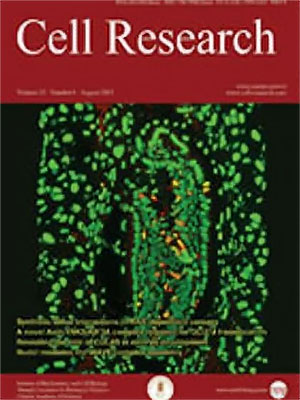
Volume 12, No 1, Mar 2002
ISSN: 1001-0602
EISSN: 1748-7838 2018
impact factor 17.848*
(Clarivate Analytics, 2019)
Volume 12 Issue 1, March 2002: 19-32
REVIEWS
Structure and function of aggrecan
Chris KIANI1, Liwen CHEN1, Yao Jiong WU1, Albert J YEE2, Burton B YANG1,*
Sunnybrook and Women's College Health Sciences Centre and 1Department of Laboratory Medicine and Pathobiology, 2Department of Surgeny, Faculty of Medicine, University of Toronto, Canada
Correspondence:
Aggrecan is the major proteoglycan in the articular cartilage. This molecule is important in the proper functioning of articular cartilage because it provides a hydrated gel structure (via its interaction with hyaluronan and link protein) that endows the cartilage with load-bearing properties. It is also crucial in chondroskeletal morphogenesis during development. Aggrecan is a multimodular molecule expressed by chondrocytes. Its core protein is composed of three globular domains (G1, G2, and G3) and a large extended region (CS) between G2 and G3 for glycosaminoglycan chain attachment. G1 comprises the amino terminus of the core protein. This domain has the same structural motif as link protein. Functionally, the G1 domain interacts with hyaluronan acid and link protein, forming stable ternary complexes in the extracellular matrix. G2 is homologous to the tandem repeats of G1 and of link protein and is involved in product processing. G3 makes up the carboxyl terminus of the core protein. It enhances glycosaminoglycan modification and product secretion. Aggrecan plays an important role in mediating chondrocyte-chondrocyte and chondrocyte-matrix interactions through its ability to bind hyaluronan.
FULL TEXT | PDF
Browse 2300


